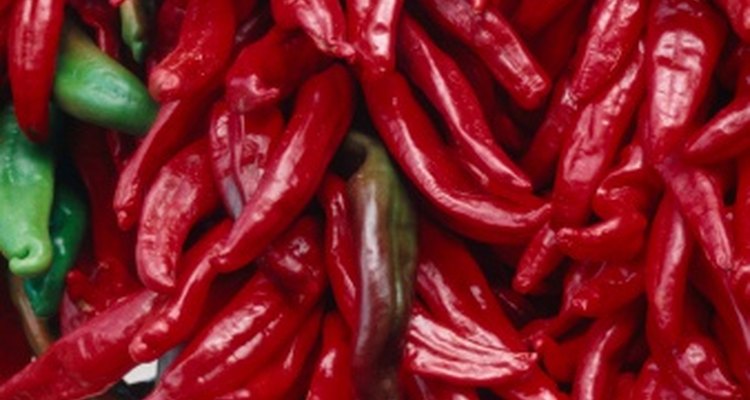
Chinese cuisine is beloved not only by the Chinese, but also by people around the world. Some Chinese dishes are fiery hot and use chili peppers native to the region. Sichuan cooking, in particularly, is known for its affinity for heat. You can use Chinese peppers in Asian cuisine or incorporate them in other dishes.
Chi-Chien
The chi-chien measures 70,000 Scoville units of heat, making it more hot than mild. They can be consumed fresh or dried, and appear slender when fresh. Chi-chien fruits reach a few inches in length and take about 70 days to grow. Their bright red color also makes them good for ornamental gardening. The plant produces green leaves and white flowers that complement the peppers' red hues.
Thai Chili Pepper
Despite the name, the Thai chili pepper grows in China and is widely used in Chinese cuisine. They have a pungent flavor and a bright red color, which makes them popular as a garnish as well as a flavoring. Their taste as also been described as "woody" or "earthy." One unique feature of this pepper is that it contains hydroxy-alpha-sanshool, which produces a tingling, sometimes numbing sensation on the tongue. Thai chili peppers are usually ground for use in dishes. Less spicy varieties may be stuffed with meat or vegetables.
Tien Tsin
The Yien Tsin is native to the Tien Tsin province of China and can reach up to 75,000 Scovilles, making it very hot. In Chinese, they're described as "chao tian jiao," or "reaching skyward." The pepper reaches 2 inches in length and is a staple of Sichuan and Hunan cuisine. It's a key ingredient in Kung Pao chicken. The Tien Tsin has been exported and adapted to the cuisines of other regions as well. Its flavor is reminiscent of Italian red peppers and it has a pungent aroma.
Chinese Five-Color
The Chinese Five-Color is named for its rainbow appearance. The peppers can be purple, green, red or mixes thereof, and they change color as they mature. They grow to their full length (about one inch) in about 80 days. They are hot, but they're most prized for their polychromatic look. Their green leaves are marked with purple streaks, and though they're originally from Asia, they're well-suited to salsas and Mexican cuisine.
Related Articles
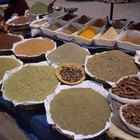
Nigerian Herbs & Spices

Does Cooking a Habanero Pepper Make It ...
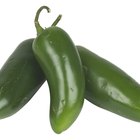
Facts About the Jalapeno Pepper

The Best Pepper Plants for Salsa

Can I Eat the Seeds of a Habanero ...

Most Flavorful Hot Peppers

Nutrition Facts for Cooked Poblano ...

How to make Stuffed Jalapeno Peppers ...
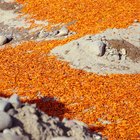
Peruvian Cooking Spices

Substitutes for Scotch Bonnet

Substitute for Thai Chili
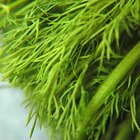
Classic Russian Spices
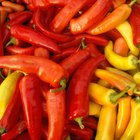
What Peppers Have Capsaicin?

Difference Between Mexican Oregano & ...

How to Infuse Vodka With Jalapenos

How Much Hotter Is a Habanero Than a ...
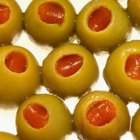
How to Cook Pimentos
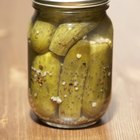
What Are the Seeds in Pickle Jars?
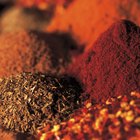
Substitutions for Cooking With Hot ...

How to Preserve Bell Peppers for Use ...
References
- The Great Chile Book; Mark Miller; 1991
- Chili Pepper Madness: Types
Writer Bio
David Ferris started writing professionally in 2006 and has been published in several newspapers. He has worked in a variety of fields including education and law. He strives to one day be an authority on all subjects, great and small. Ferris has a Bachelor of Arts in political science.
Photo Credits
Jupiterimages/Comstock/Getty Images